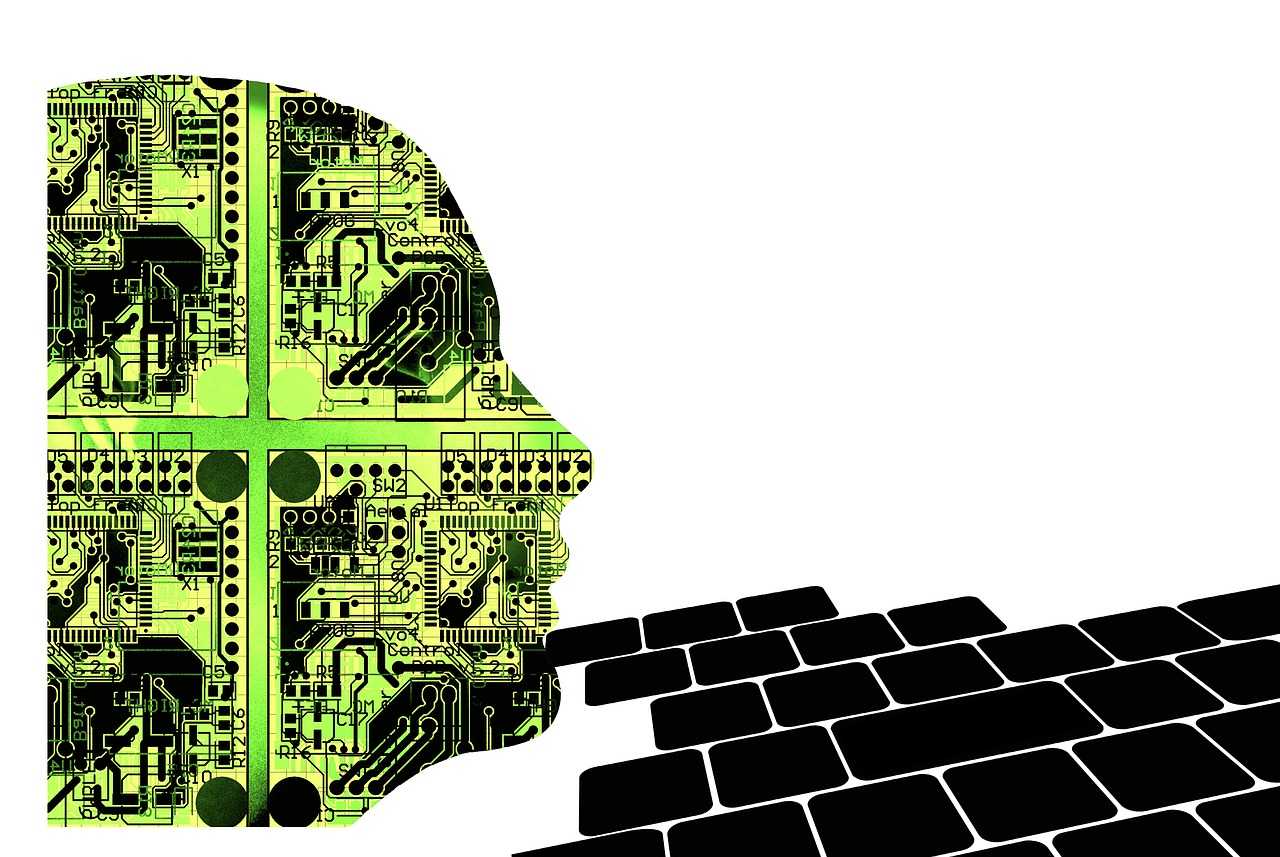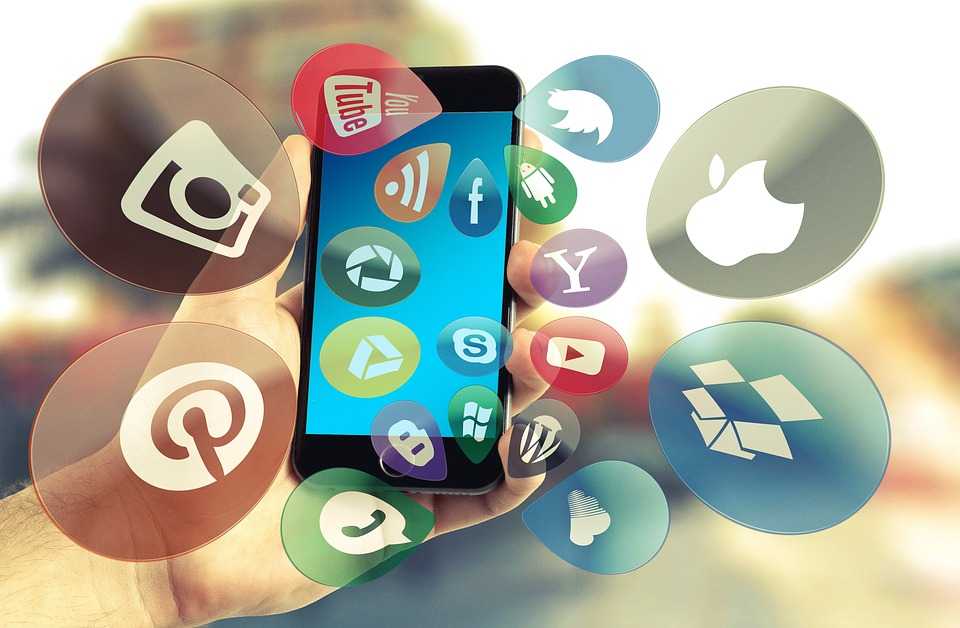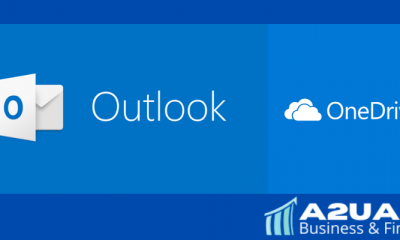Business
Top 10 PC technology trends for 2021
Published
3 years agoon
By
admin
Despite some critics claiming that PCs are dinosaurs, laptops and desktops have gotten sexier, faster, and smarter. Tons of technological improvements for every blue screen of death ushering PCs into the era of virtual reality, 4K video, and 5G connectivity. Here are the top 10 PC technologies and trends for the coming year.
An Intel employee demonstrates the headset from its Alloy project during the IDF 2016 conference in San Francisco last August.
VR PCs Above Your Head
VR devices will come in many new shapes and sizes; some will essentially act like PCs that fit in your head. Dell, Asus, Acer, Lenovo, and HP will launch mixed reality headsets, which will allow users to interact with 3D objects that appear as floating images superimposed on a real background. In addition, the devices will provide a new level of interaction between humans and computers, making creating 3D objects, playing games, watching movements, and having interactive Skype calls, more fun than ever. These “holographic computers,” as they have been named, will have Intel chips, an integrated GPU, and possibly a RealSense 3D camera to identify objects, measure distances, and provide a new perspective on the surroundings. Different Mattress are a new one technology.
Storage prices will go up.
SSD prices are on the rise due to shortages, which could impact laptops’ prices, 2-in-1s, and storage. For example, Dell’s XPS 13 with Intel’s Kaby Lake chips and a 512GB SSD is not available at this time. Other laptops with 512GB SSDs have incredibly high prices. Most PC manufacturers are offering 128GB or 256GB SSDs in computers by default. Choose storage wisely, as it’s not easy to open an ultra-thin 2-in-1 to replace an SSD.
A woman using Windows Cortana to activate the assistant on a Lumia Smartphone.
Talk to your PC
The feud between voice-activated assistants – Apple’s Siri, Amazon’s Alexa, Google’s assistant, and Amazon’s Cortana – could get more interesting next year. Users will be able to speak Cortana commands aloud to Windows 10 PCs from a greater distance, thanks to Intel and Microsoft’s “far-field speech recognition” technology. So far, Cortana works best if the user is close to the computer, but millions of PCs will become competitors to the Amazon Echo with this new feature. Cortana can do much more than the Amazon Echo, such as accessing information from the cloud, talking to chatbots, checking email, and other tasks.
AMD raises chip battle with Intel
Intel has been the undisputed king of PCs for more than a decade, but AMD is competing with its new Ryzen PC processor, which is coming to computers next year. A healthy rivalry will bring good news for PC users, and even, some will decide to go from the field of Intel to that of AMD. According to AMD, Ryzen is 40% faster than current PC chips, which, in writing, is impressive. The chips will appear first in gaming computers and then in mainstream laptops and desktops. Ryzen will take on Intel’s Kaby Lake in early 2017 and the 10-nanometer Cannonlake later that year.

Technology
ARM-based Windows laptops, again.
The first attempt at ARM computers, running on Windows RT, was an absolute disaster and left many users skeptical of the idea. However, Microsoft has not given up, especially now that 5G is becoming a reality and cellular connectivity on PCs becomes essential. As a result, Microsoft announced that next year computers would be available with Qualcomm’s ARM-based Snapdragon 835, found in smartphones primarily.
Ultra-thin laptops will get built-in modems and a long battery life with the chip. In addition, ARM-based computers will run Win32 applications that run on conventional x86 PCs through emulation. Business retail also a part of new era.
So far, no PC maker has announced ARM-based Windows computers – manufacturers are wary of the Windows RT fiasco. In addition, there are many challenges. For example, Snapdragon is not as fast as the high-end x86 chips from Intel or AMD, and, initially, they will not support 64-bit applications. Also, emulation is likely to limit your ability to take advantage of hardware acceleration. Learn more slipintosoft review.
Bluetooth 5 will take over.
The laptops and 2-in-1s will be equipped with the latest wireless Bluetooth 5 specification, a longer and faster upgrade to the aging Bluetooth 4.2. Bluetooth 5 will allow computers to communicate wirelessly with devices that are 400 meters away in a clear line of sight; however, a more reasonable range, according to analysts, is 120 meters. In addition, Bluetooth 5 will transfer data at a maximum speed of 2Mbps, being twice as fast as its predecessor. Essay writing is new AI for students.
Dell’s XPS 13 has an edge-to-edge display.
Beautiful displays, 4K and HDR
Laptops like the Lenovo XPS 13 and Yoga 910 have very nice screens, a feature that may be included in more laptops next year. In addition, 4K displays and HDR (high-dynamic range) technology will make games and movies look impressive. HDR results in more vivid images and the TVs, cameras, and monitors that support this technology are already available. Netflix is also betting on HDR. An HDR standards battle begins between DolbyVision and HBR3, but GPU manufacturers support both standards. AMD hopes DolbyVision will eventually win. The Silk sleep guide, how to sleep.
New memory and storage technologies
Intel’s Optane, a very fast replacement for SSD and DRAM that could finally unify memory and storage, could cause a sea change in PC architecture. However, it won’t happen for a few years; furthermore, initial expectations for Optane are modest. Optane’s first SSDs will be in enthusiast PCs, and it will cost a small fortune. Optane SSDs have been tested, and the results show that they are ten times faster than conventional SSDs. Over time, Optane could eventually replace DRAM DIMMs with the added benefit of storing data.
SSDs won’t be in laptops next year, as uses for the technology continue to be explored. Optane is based on a technology called 3D Xpoint, developed by Intel together with Microb. SSDs based on Micron’s 3D XPoint technology will ship next year under the QuantX brand. Learn more about bedroom planning ideas for home 2021.
The Lenovo Yoga Book has a virtual keyboard on a touchpad.
More changes to keyboards
This year, we saw some interesting keyboard changes: Apple added the Touch Bar, while Lenovo swapped the hard keyboard for a virtual one on an input touchpad on their Yoga Book. Lenovo wants to include the virtual keyboard in more Chromebooks and 2-in-1s, in part because of its versatility. The input touch panel can also be used to draw or take notes with a stylus. Lenovo believes that those used to typing on mobile devices will quickly adapt to this touchpad as a keyboard, while diehards with hard keyboards will dismiss the idea. Sleep in silk also a new technology in 2021.
Some ports won’t go easily.
Computer manufacturers probably haven’t worked up the courage yet to remove the headphone jack and SD card slots from PCs, but USB 2.0 ones may be on the home stretch. Likewise, some manufacturers are moving away from display ports and others legacy due to the advent of the versatile USB Type-C, which can charge computers and connect displays, storage devices, and other peripherals.

Trending

 France FR3 years ago
France FR3 years agoGame of Thrones Saison 8 episode 5 streaming VOSTFR

 Education2 years ago
Education2 years agoDoes CBD work as a sleep aid? and its Disorders

 Finance4 years ago
Finance4 years agoWeTransfer Alternatives (based on Outlook and OneDrive) for big file transfers

 Credit Card4 years ago
Credit Card4 years agoKELISTO: How Can I Get Free Credit Card?

 Education2 years ago
Education2 years agoCan Cannabis Cause You to Grind Your Teeth? [Explained]

 Featured4 years ago
Featured4 years agoPERSONAL INCOME TAX. VARIATIONS IN PERSONAL INCOME TAX

 Business2 years ago
Business2 years agoUse of Technology in Education for Learning and Teaching

 Finance4 years ago
Finance4 years ago3 Best Financial Tips